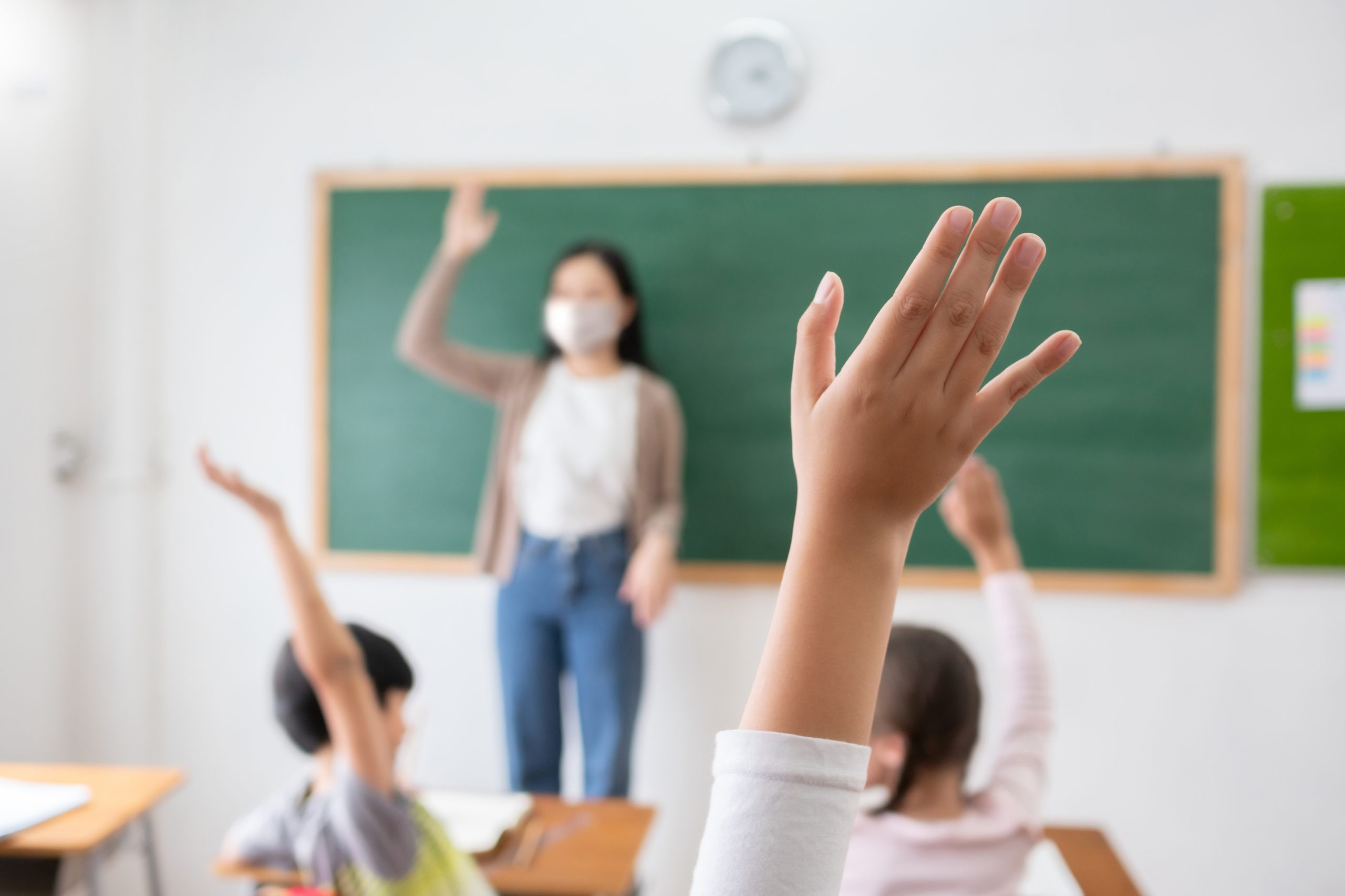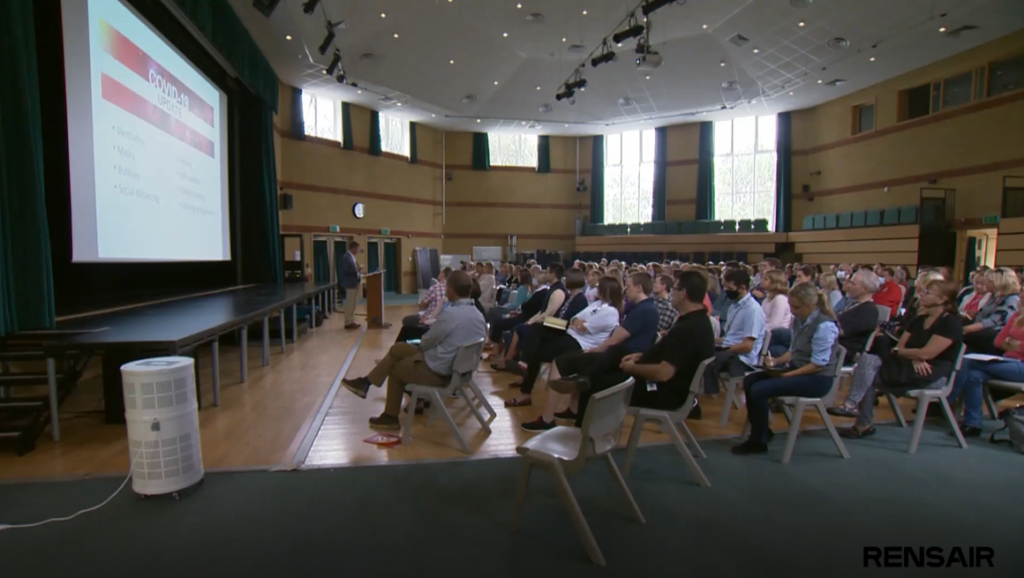A practical guide to clean air inside the school gates

In a bid to improve air quality surrounding the capital’s schools, the Mayor of London has closed roads to traffic and launched the new London Schools Pollution Helpdesk. But what about indoor air, where concentrations of pollutants are two to five times higher than outdoors?
The Mayor notes that outdoor air pollution exacerbates the risk of contracting Covid-19 and of suffering the most serious effects, but the real risk of transmission is inside the school premises. The World Health Organisation’s latest advice on Coronavirus places far greater emphasis on transmission from inhaled airborne droplets, rather than from touching contaminated surfaces. That shifts the emphasis from fomite cleaning & disinfection to air purification.
For schools, the need to improve indoor air quality poses a substantial problem. According to the Lancet’s Covid-19 commission, schools are chronically under-ventilated. The likelihood of airborne virus transmission is amplified in crowded indoor spaces, particularly if people are in the same room together for an extended period of time or when enhanced aerosol generation is likely, for example through singing, projected speech and aerobic activity.

However, budgets are severely stretched. Many school buildings are old, with antiquated ventilation systems. Others are listed, demanding bespoke and costly retrofits. With expensive heating bills, any reluctance to open windows during winter is understandable. Data gathered through the Department for Education’s school Condition Data Collection programme suggests that one in six schools in England requires urgent repairs: competing priorities, such as structural repairs, may make a complete overhaul of ventilation an impossibility.
Fortunately, integrated ventilation systems are not the only solution. Portable air purifiers can do an effective job, either enhancing an existing ventilation system or working in isolation. The investment is just a fraction of what it would cost for an in-built ventilation system and, with products that can prove independent testing by recognised research laboratories, the performance can be at least as good if not better than their larger counterparts.
When making the case for air purification, the argument goes way beyond Coronavirus. Clean air has been proven to prevent the spread of all disease and to prevent allergic reactions, thereby minimising absenteeism and promoting learning. What is often overlooked is its ability to enhance children’s concentration and capacity for learning. To quote The Economist, “ More investment would be money well spent. Better indoor air boosts academic performance—maths and reading scores go up, and pupils are measurably more attentive in class”.
Education has suffered greatly during the pandemic. Post lockdown, the priority for school governors is to keep schools open, while protecting the health & safety of students, teachers and their respective families. It’s a duty of care that no school takes lightly and, without additional mitigation to combat new variants, the risk of transmission will increase.
A recent article in the Journal of the Royal Society of Medicine has called for higher standards of ventilation in classrooms and cites portable HEPA filtration units as a practical option to complement fresh air. In assessing the risk of airborne infection with SARS-CoV-2, atmospheric researchers from Goethe University have demonstrated that air purifiers with an H13 HEPA filter can lower aerosol concentration in a classroom by 90% within 30 minutes. By deploying a unit that can process up to 560m3 of air per hour, a typical 240m3 school lab (larger than a classroom) would in fact have clean air within the same short time frame.
Air purification that combines HEPA filtration with germicidal UVC light both traps and destroys viruses and bacteria. Such devices are recommended by the Scientific Advisory Group for Emergencies (SAGE) committee, which emphasises the importance of independent testing and warns that “technologies based on UVA/UVB, ionisation, plasma, electrostatic precipitation and oxidation methods have limited evidence of efficacy against the virus and/or significant concerns over toxicological risks during application”.
The argument for clean air in schools is clear. Now, thanks to portable, hospital-grade air purification, so too is a practical solution.
By Christian Hendriksen, Co-founder & CEO, Rensair, as published in The Headteacher.
